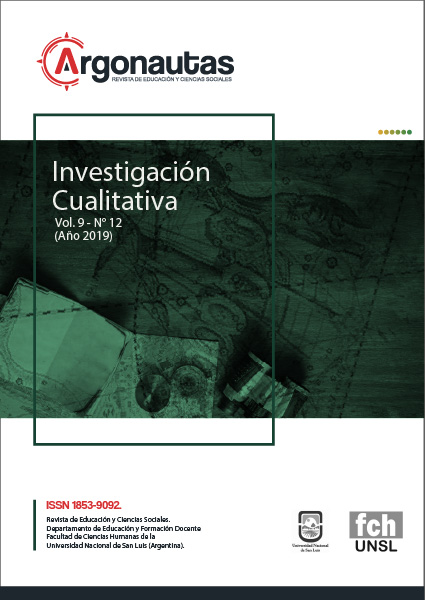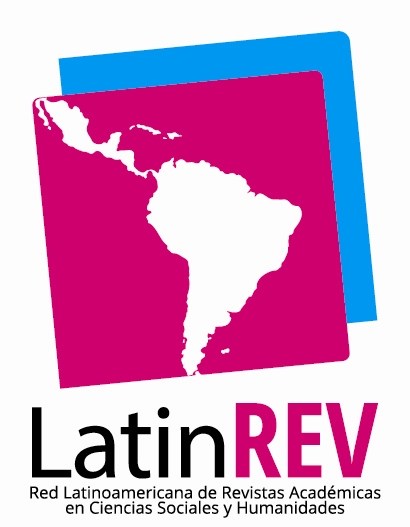The quantifier discourse and the diagnoses. The evaluating rage of autism
Keywords:
diagnosis, evaluation, singularity, autism, psychoanalysisAbstract
Statistics have invaded the 21st century, sustained in a supposedly scientific evaluation paradigm, whose bases are in the measurable and the calculable. We could say that it is an evaluating rage that is correlative to a bureaucratization of practices, within the framework of a technocratic approach that encourages the application of protocols and the search for efficient results. To carry out a treatment under this approach, diagnoses and evaluations are assumed to be as early as possible, given that the logic that governs these processes is that of the "problem-solution" paradigm. In current diagnostic practices there is a forclusion of the singularity, as the subject is reduced to homogenizing ideals without which the whole building of statistics and the evaluation of efficiency would fall. In order to measure and calculate, that is, to evaluate the results, firm and defined categories are required so that the practices to be applied can be determined and the results can be evaluated. Scientific aspiration, but not without desubjective consequences when it comes to its application in questions inherent to human subjectivity.
Downloads
References
American Psychiatric Association (2014). et al. DSM-5: Manual Diagnóstico Y Estadístico De Los Trastornos Mentales. 5a ed. Madrid [etc.]: Editorial Médica Panamericana.
American Psychiatric Association (APA) (2002). Manual Diagnóstico y Estadístico de los Trastornos Mentales DSM-IV-TR. Barcelona: Masson.
Brodsky, G. (1999). La solución del síntoma. Buenos Aires: JVE Ediciones.
Hacking, I. (2001). ¿La construcción social de qué? Buenos Aires: Paidós.
Kruger, F. y otros (2005). Primera Noche Preparatoria de las XIV Jornadas Anuales de la Escuela de la Orientación Lacaniana "Síntoma o trastorno". Recuperado de: http://www.eol.org.ar/template.asp?Sec=jornadas&SubSec=jornadas_eol&File=jornadas_eol/014/resenas/1ra noche.html
Laurent, E. (2013). La batalla del autismo. De la clínica a la política. Buenos Aires: Grama.
Maleval, J. C. (2012). ¡Escuchen a los autistas!, Buenos Aires: Grama.
Miller J.-A. (1987). “Diagnóstico psicoanalítico y localización subjetiva”, en Introducción al método psicoanalítico. Buenos Aires, Argentina: Paidós.
Miller J.-A. (2001). “El ruiseñor de Lacan, Conferencia inaugural del ICBA”, en Del Edipo a la sexuación. Buenos Aires, Argentina: Paidós.
Miller, J. A. (2015). Todo el mundo es loco. Buenos Aires, Argentina: Paidós.
Miller, J. A.; Laurent, E. (2013). El otro que no existe y sus comités de ética. Buenos Aires, Argentina: Paidós.
Ruiz Acero, I. (2004). Reseña del libro: "¿Desea usted ser evaluado? de Miller, J.-A. y Milner, J. C. (2004). Publicada en Athenea Digital, Vol. 13, N°1 (marzo 2013), 233-236. Recuperado de: http://www.redalyc.org/articulo.oa?id=53725662016
Sierra, N. y Delfino, D. (2010). “La complejidad de las prácticas diagnósticas, su incidencia en la educación especial”. Trabajo presentado en el IV Congreso Internacional de Educación Especial. XIII Jornadas de Cátedras y Carreras de Educación Especial. 7, 8 y 9 de octubre de 2004. San Luis, Argentina: Universidad Nacional de San Luis, Facultad de Ciencias Humanas.
Tendlarz, S. (2012). Una clínica posible del autismo infantil. Buenos Aires: Grama Ediciones.
Tendlarz, S. (2016). Clínica del autismo y de las psicosis en la infancia. Buenos Aires: Colección Diva.
Tendlarz, S. y Álvarez Bayón, P. (2013). ¿Qué es el autismo? Infancia y psicoanálisis. Buenos Aires: Diva.
Downloads
Published
Issue
Section
ARK
License
Copyright (c) 2019 Norma Alicia Sierra

This work is licensed under a Creative Commons Attribution 4.0 International License.






